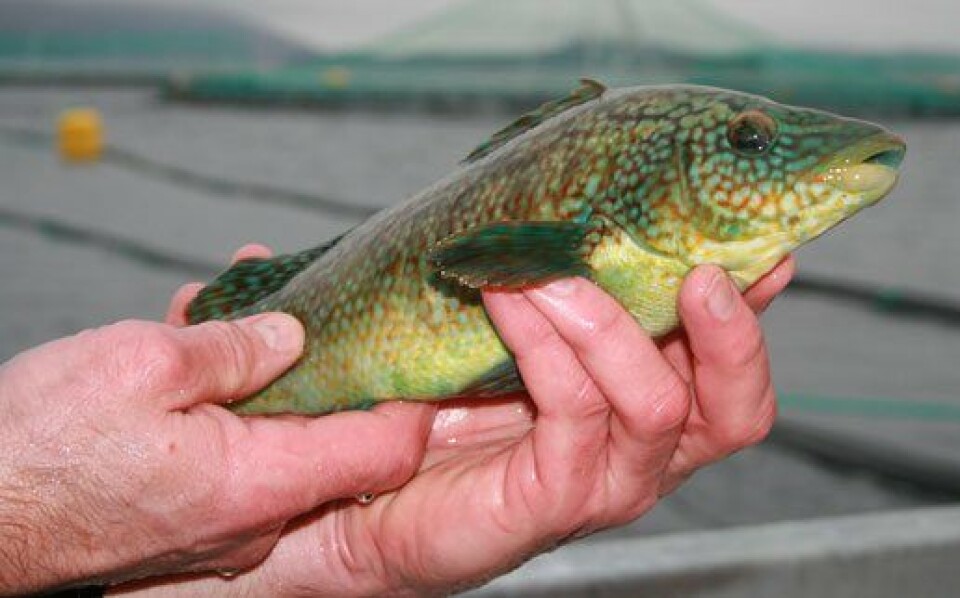
Lice fears grow as wild wrasse stocks hit
Wild populations of lice-removing wrasse are in serious decline, according to new research.
A team of scientists from Norway compared catch rates at four marine protected areas (MPAs) – where fishing is banned – and at four regions where fishing is allowed. The sampling sites were all along the Skagerrak coast of southern Norway, a region where wrasse have been caught and shipped to salmon farmers for decades
They found that the goldsinny wrasse was up to 65 per cent more abundant in samples from the non-fishing zones. The corkwing wrasse was 92 per cent more abundant in some samples from the non-fishing zones.
Cleaner fish
In an abstract for the research document submitted to the Marine Biology Research journal, lead scientist Kim Halvorsen of the Norwegian Institute of Marine Research in Storebø, Norway, said: “Wrass fisheries have increased markedly in Norway since 2010. Wrasse are being used as cleaner fish in salmonid aquaculture to control sea-lice infestations. However, fundamental knowledge on the demography and abundance of the targeted wrasse populations in Norwegian waters is lacking, and the consequences of harvesting at the current intensity have not been assessed.

“Here, we compared catch per unit effort (CPUE), size, age and sex ratio of goldsinny wrasse and corkwing wrasse between MPAs and control areas open for fishing at four localities on the Skagerrak coast in Southern Norway. The CPUE of goldsinny larger than the minimum size limit was 33 per cent–65 per cent higher within MPAs, while for corkwing three of four MPAs had higher CPUE, with the relative difference between MPAs and control areas ranging from -16 per cent to 92 per cent. Moreover, corkwing, but not goldsinny, was significantly older and larger within MPAs than in control areas.
“Our study suggests that despite its short history, the wrasse fisheries have considerable impacts on the target populations and, further, that small MPAs hold promise as a management tool for maintaining natural population sizes and size structure.”
Halvorsen told the New Scientist magazine that annual hauls of wrasse by Norwegian fishing crews have soared in recent years, from fewer than two million in 2008 to 22 million last year.
New rules
In the light of the findings, the Norwegian government’s Directorate of Fisheries is evaluating new rules to restrict how much wrasse is caught, and to outlaw harvesting fish in the most fertile size ranges.
Wrasse hatcheries are being developed in Scotland but they are not yet at a point where they could replace wrasse caught in the wild.
In Norway, more than half the supply of another cleaner fish – lumpfish – comes from hatcheries, although the species are easier to breed in captivity than wrasse. Almost all wrasse currently used in Scotland and Norway come from wild sources.
“To date, there are eight cleaner fish breeding facilities in operation in the UK,” Scott Landsburgh, chief executive of the Scottish Salmon Producers’ Organisation, told New Scientist magazine. “As an industry, we continue to look at projects and activities to better understand the use of cleaner fish and have already seen significant technological advancements to adapt to these new practices.”
Journal reference: Marine Biology Research, DOI: 10.1080/17451000.2016.1262042?























































